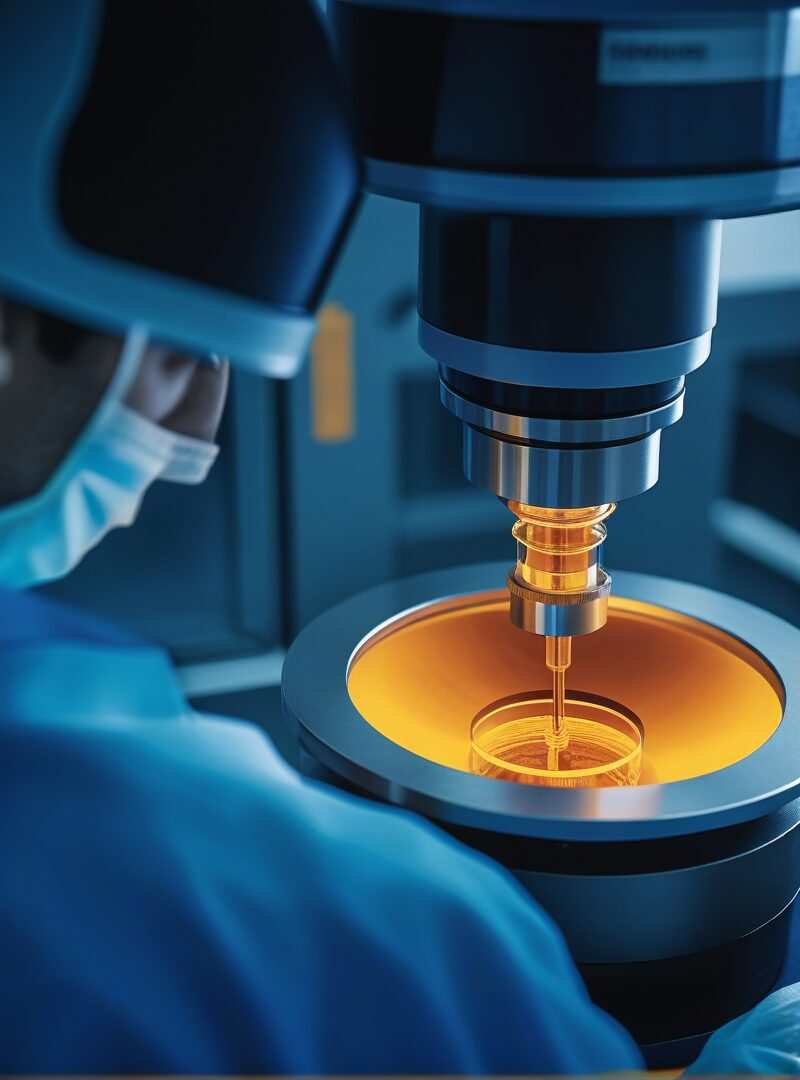Understanding the New QMSR
Impact of the FDA's QMSR on Medical Device Regulations
Explore how the FDA’s newly introduced Quality Management System Regulation (QMSR) is set to redefine compliance standards in the medical device industry, transitioning from the traditional 21 CFR 820 framework.
Understanding the Transition to QMSR
New QMSR vs. 21 CFR 820: What You Need to Know
The FDA’s new Quality Management System Regulation (QMSR) is set to replace the existing 21 CFR 820 regulations, marking a significant shift in how quality is managed within the medical device industry. Unlike the broad scope of 21 CFR 820, QMSR focuses more on aligning with international standards, specifically ISO 13485:2016, to streamline global regulatory requirements and enhance product quality and safety. This transition not only updates the requirements but also introduces a more dynamic framework for risk management and continuous improvement in device manufacturing processes.
The QMSR is a significant update to the existing 21 CFR 820 Current Good Manufacturing Practice quality system requirements for medical device manufacturers. It aims to modernize and streamline the regulatory framework for ensuring the quality and safety of medical devices marketed in the United States. Here are some key details about the QMSR:
Purpose
The new regulation is designed to align with international quality management system standards, such as ISO 13485:2016, while also addressing specific regulatory requirements for medical devices in the U.S. It emphasizes a risk-based approach to quality management and focuses on continuous improvement and patient safety.
Implementation Time Frame
The implementation time frame for the QMSR varies depending on the size and complexity of the medical device manufacturer. The QMSR will replace the current 21 CFR 820 Quality System Regulation on February 1, 2026. FDA has provided transition periods to allow companies to update their quality management systems to comply with the new regulation. The transition period typically ranges from 18 to 24 months, depending on factors such as device classification and regulatory history.
Transition Information
During the transition period, medical device manufacturers are expected to assess their current quality management systems against the requirements of the QMSR and develop plans for implementation. The FDA provides guidance documents, training materials, and support to help companies understand and navigate the transition process. Additionally, manufacturers may seek assistance from consultants or industry experts to ensure a smooth transition.
Key Changes
The QMSR introduces several key changes to the existing quality system requirements, including updated terminology, enhanced risk management processes, and expanded requirements for design and development activities. It also emphasizes the importance of post-market surveillance and corrective and preventive action (CAPA) processes to ensure continuous product improvement and regulatory compliance.
Compliance Expectations
Once the QMSR goes into effect on February 2, 2026, medical device manufacturers are expected to fully comply with the QMSR requirements. The FDA will conduct inspections and audits to assess compliance with the new regulation and may take enforcement actions against companies that fail to meet the regulatory requirements. It is essential for manufacturers to maintain accurate documentation, implement effective quality management practices, and demonstrate a commitment to product quality and patient safety.
Summary
In summary, the FDA’s new QMSR represents a significant update to the quality system requirements for medical device manufacturers in the U.S. It provides a framework for aligning with international standards while addressing specific regulatory requirements. Manufacturers should carefully review the new regulation, assess their current quality management systems, and develop plans for implementation to ensure compliance and maintain regulatory approval for their products.
Links
FDA’s QMSR webpage
FDA’s QMSR FAQs
Key Benefits of Adopting the New QMSR

Enhanced Compliance Structure
The new QMSR introduces a more streamlined and clear compliance framework, reducing complexities and enhancing adherence to safety standards.
Improved Product Quality
Global Standard Alignment
The QMSR framework emphasizes proactive risk management, leading to improved identification and mitigation of potential risks early in the product lifecycle.
Historical Milestones in Quality Management Regulations
Explore the pivotal moments that have shaped quality management in the medical device industry, culminating in the recent introduction of the QMSR.
1976
The Medical Device Amendments
This year marked a significant regulatory milestone with the passage of the Medical Device Amendments which established more comprehensive control, including premarket approval and classification of devices according to their risk levels.
1990
Safe Medical Devices Act (SMDA)
The SMDA enhanced FDA’s ability to regulate medical devices post-market, requiring more rigorous reporting of incidents and malfunctions, thus improving patient safety standards.
1997
FDA Modernization Act
This act significantly amended regulations, introducing streamlined review processes for certain device categories and emphasizing the importance of timely access to the market for innovative medical devices.
2016
ISO 13485:2016 Revision
The international standard for quality management systems in the medical device sector was revised to include a greater focus on risk management and regulatory compliance, aligning closely with global regulatory frameworks.


